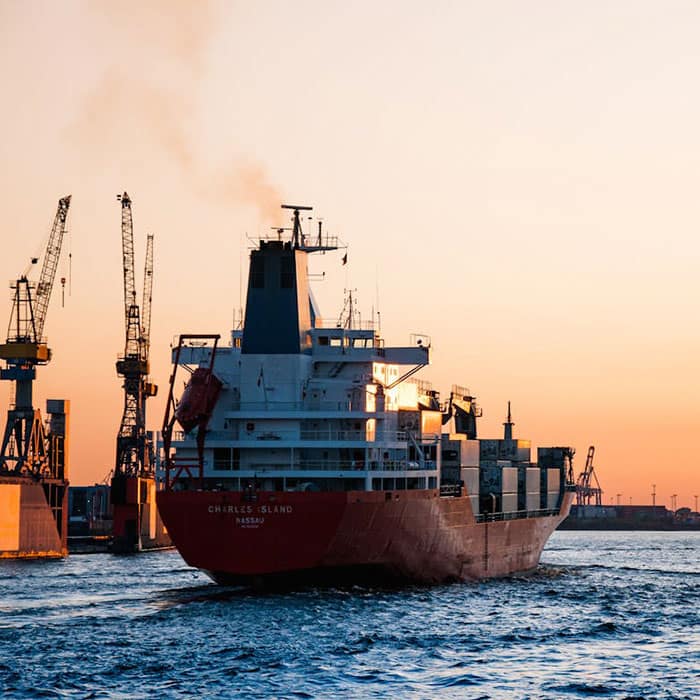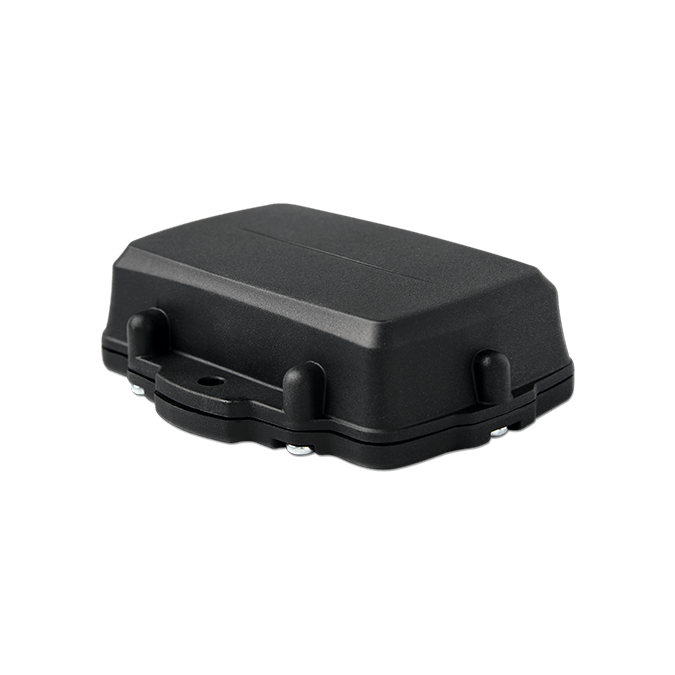Imagine sailing into the endless blue expanse of the oceans, dedicated to collecting the vital data that fuels our understanding of the marine environment. For many, it would be like combining an amazing trip with work – there’s a sense of peace only the waters can bring, right?
But what if, amid your critical research, that peace of mind was broken as your precious CTD oceanographic equipment (which stands for “conductivity, temperature, and depth”) were nowhere to be found?
The shiver-inducing prospect of lost data, wasted time, and expensive replacements is enough to make any seasoned ocean researcher’s, military contractor’s, or company CEO’s blood run cold.
CTD equipment is one of the cornerstones of ocean research, providing invaluable insights into the physical, chemical, and biological characteristics of our seas. These sophisticated electronic instruments are deployed from research vessels, gliders, and other platforms, gathering crucial data that informs everything from climate models to fisheries management.
However, the ocean environment’s harsh and unpredictable nature constantly threatens these invaluable tools. Losing a CTD can be a major headache for all involved parties – the time and cost associated with replacement can significantly disrupt important studies and delay critical findings for example.
Fortunately, innovative tracking solutions like Oyster and Yabby are here to safeguard your CTD oceanographic equipment, ensuring your research remains on course. Throughout this article, you will see the challenges of tracking CTD oceanographic equipment and how the aforementioned solutions can help you out.
The challenge of tracking CTD oceanographic equipment

Traditional methods of tracking CTD equipment have long relied on manual logs, guesswork, and, believe it or not, a dose of luck. Maritime personnel have often had to grapple with the issue of not knowing the exact location of their deployed instruments, leaving them at the mercy of the vast, unforgiving ocean.
The financial implications of lost CTD equipment can be staggering, with replacement costs easily reaching into the tens of thousands of dollars. It’s a major nuisance when dealing with time-sensitive research and operations, as vessels might not have spare equipment.
Beyond the immediate losses, missing CTD oceanographic equipment can have significant ripple effects on operations. For example, picture a team planning an oceanographic survey only to find out a critical equipment has gone silent.
This could delay their data collection processes, potentially forcing them to redo entire sections of the survey, and wasting valuable research hours and resources. It could leave massive data gaps, making it harder for researchers to analyze their work down the line. Furthermore, lost equipment might pose a safety risk, particularly if it drifts into shipping lanes or gets entangled in fishing gear.
These situations highlight the critical need for reliable, efficient, and cheap methods of tracking CTD oceanographic equipment, and that’s where the Oyster and Yabby trackers come in.
The Oyster tracker

Here’s the Oyster: a rugged, dependable tracker designed to keep a vigilant eye on your CTD oceanographic equipment.
Aptly named after the tough, resilient mollusk, the Oyster uses state-of-the-art GPS technology to provide you with the precise location of your CTD, no matter where it may drift in the ocean. Compact and waterproof, the Oyster is built to withstand the harsh conditions of the marine environment (like the corrosive saltwater and the constant crash of the waves), ensuring your valuable equipment remains under your watchful eyes.
But the Oyster tracker is more than just a simple location device, it’s a powerful tool that can revolutionize the way you approach ocean research. With its advanced GPS capabilities, the Oyster can pinpoint the exact coordinates of your CTD, allowing you to quickly and efficiently retrieve your equipment, even if it has drifted far from its initial deployment site.
This level of precision can save you hours, if not days, of valuable research time, allowing you to focus on the critical work at hand rather than scrambling to locate wayward CTD equipment.
The Yabby tracker

For researchers seeking a more compact and versatile tracking solution, the Yabby tracker offers an awesome alternative.
Named after the petite and tenacious burrowing crustacean, the Yabby boasts an impressive battery life, making it an ideal choice for extended research deployments. Like its larger counterpart, the Yabby employs cutting-edge GPS technology to keep you informed of your CTD’s location, even in the most remote and inaccessible areas of the ocean.
But the Yabby’s compact size belies its powerful capabilities. Measuring just a few inches in length, this tiny tracker can be easily integrated into your CTD equipment, ensuring that it remains firmly attached even in the most turbulent conditions. Its streamlined design also minimizes the impact on your CTD’s hydrodynamics, allowing it to move through the water with ease and collect data with great accuracy.
One of the standout features of the Yabby tracker is its exceptional battery life. Designed to operate for extended periods without the need for recharging, the Yabby can accompany your CTD equipment on even the longest research deployments, giving you the peace of mind that your valuable instruments are being closely monitored throughout their journey.
But wait, there’s more: the power of data collection
But the Oyster and Yabby trackers do more than just tell you where your CTD equipment is – they also gather valuable data that can help you optimize your research efforts. Minimizing the need for costly CTD replacements, reducing environmental waste, and simply saving you time can all be achieved by monitoring usage patterns and receiving alerts for potential maintenance needs before a tragedy happens.
The Oyster and Yabby trackers can collect information that provides invaluable insights into the performance and behavior of your CTD equipment. Understanding your instruments’ environmental exposure and potential wear points is made possible by the environmental data collected by these trackers.
This allows you to proactively schedule maintenance and prevent breakdowns, ultimately saving you time and money. Analyzing usage patterns further contributes to these benefits by indicating areas where your equipment experiences the greatest stress, allowing you to better plan future endeavors.

And they’re very easy to integrate into your processes
Last, but not least, integrating the Oyster and Yabby trackers into your existing research workflows is a breeze.
Designed to work seamlessly with your existing systems, these cutting-edge devices seamlessly sync with user-friendly cloud platforms, allowing you to remotely monitor the status of your CTD equipment and analyze the data it collects, all from the comfort of your lab or office.
The cloud-based platforms associated with the Oyster and Yabby trackers provide a thorough suite of tools for managing your CTD equipment. From real-time location tracking to historical data analysis, these platforms put the power of your CTD data at your fingertips, enabling you to make informed decisions and optimize your research strategies or maritime operations!
Datanet IoT is the partner you need!
The ocean research community has long grappled with the challenge of safeguarding their invaluable CTD oceanographic equipment.
However, as seen throughout this article, with the Oyster and Yabby trackers, those worries can be laid to rest. By providing precise location tracking, data-driven insights, and seamless integration into your current processes, these tiny innovative solutions are indispensable companions of your ocean research/operations, freeing you to focus on the critical work at hand.
Don’t let lost CTD equipment hinder your research efforts – contact Datanet IoT today to learn more about how the Oyster and Yabby trackers can revolutionize the way you approach ocean exploration and data collection. We also offer a variety of environmental and asset-tracking devices, providing complete solutions for your business!






